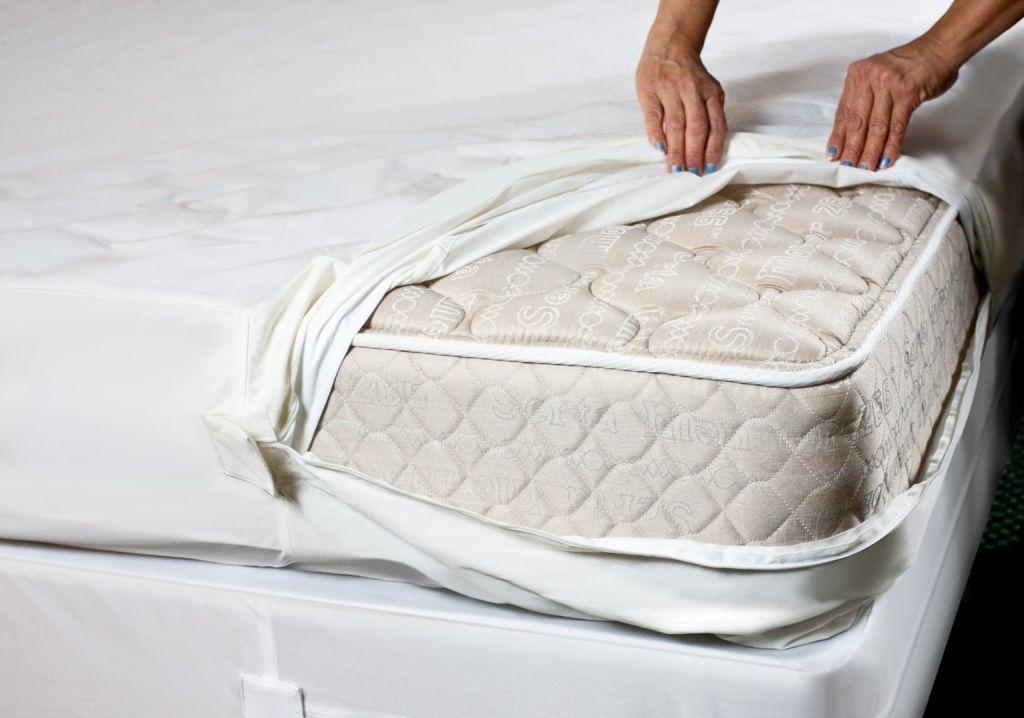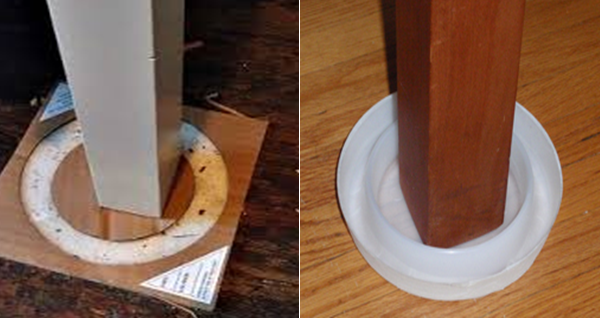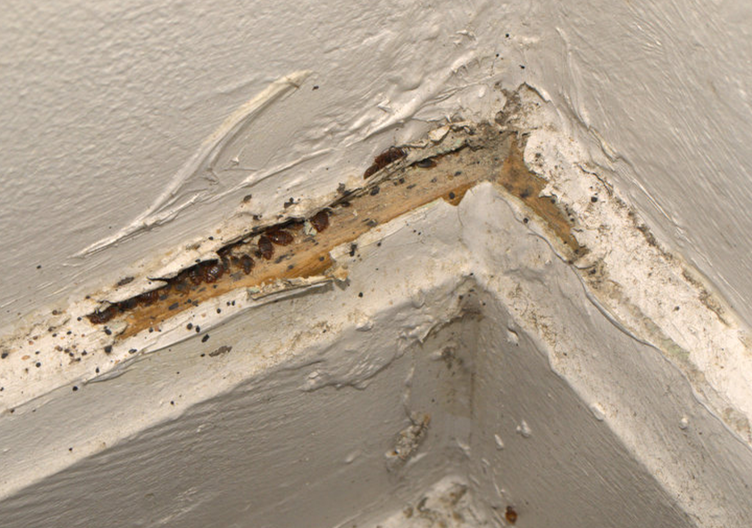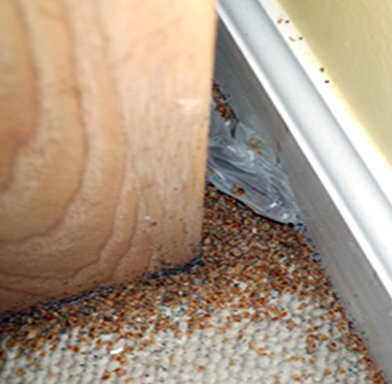CONTROL PART 2
Washing Surfaces and Furniture
- Wash all furniture (non-plush) and hard surfaces in the room using a detergent cleanser. Pay attention to crevices and spaces in the frame.
- After removing the mattress and box spring from the bed frame, wash the bed frame liberally with soap and water.
- Wash cribs and children's bed frames with soap and water.
- Wash the floors, moldings, window sills, and walls generously.
Rugs and Carpeting
- Many small rugs can be placed into the dryer on a hot setting for 30 minutes.
- If the room has a large area rug, the rug can be steam cleaned within the same time frame that other bed bug control measures are taking place although steaming should be done before pesticide applications are made. Rugs can be sent out for professional cleaning as well. Wrap in plastic for transport and advise the cleaning company that bed bugs may be present.
- Wall to wall carpeting can harbor bed bugs and should be removed, especially in a heavy infestation, or steam cleaned, paying very close attention to the edges. Prior inspection will help determine where to concentrate steaming efforts. Carpeting may also be treated with a labeled pesticide.
- If carpet is removed or replaced, attention should be paid to the carpet tack strips as they can provide harborage for bed bugs
Mattress encasements: Are zippered enclosures that cover the entire mattress. Encasing both mattress and box spring eliminates the need to discard bedding by trapping bed bugs inside and providing a smooth simple outer surface that can be inspected, vacuumed and cleaned easily.
Encasements should always be used for non-vinyl mattresses and box springs for bed bug prevention and management. Special bed bug-proof encasements are made of high quality cloth material that does not tear easily and has no folds around the zipper that might shelter bed bugs. If a small hole appears, duct tape can be used to repair it. Holes should be repaired as soon as possible to prevent bed bugs from either gaining protection on the inside of the cover, or to prevent bed bugs from escaping from the infested bedding.

Interceptors & Sticky Traps: Are pest control devices typically used for surveillance, to determine pest loads, and to augment the other pest control methods.
On an interceptor, the outer surface is typically textured so that as a bed bug attempts to crawl from the floor to you in your bed, it is able to climb up the outer edge. However, the inside "pitfall" is smooth and they can not climb up in either direction and are effectively trapped.
The converse is true if a bed bug recently finished feeding from the person in the bed and wants to leave to their hiding place, lets say a night stand next to the bed. The bed bug climbs down the bed frame to the inner ring of the device which is also textured, only to fall into the "pitfall" in the middle and gets trapped.
Sticky traps can also be used to isolate the bed from the rest of the room by placing an adhesive strip between the room and your bed frame legs.
Interceptors can be reused once cleaned out appropriately, whereas once a sticky trap is full or lost its tackiness, it' time to dispose of it.

Eliminate Hiding Spots
Eliminating hiding spots serves the same purpose as removing clutter. You are taking away the bed bug's harborage areas. By now you've reduced clutter, vacuumed up all life stages of bed bugs you can find and isolated your bed. What's left is the room itself which has many, possible hiding places for bed bugs. As with many pests, sealing cracks and crevices within your home, will make inspection and removal of bed bugs much easier. Some basic tools, supplies and handyman skills are helpful for this step.
Some tools of the trade could include:
· Caulk
· Caulk gun
· Disposable gloves
· A tool to smooth out caulk
· Drywall patch
· Putty knife

Sources:
Michigan Manual for the Prevention and Control of Bed Bugs
United States Environmental Protection Agency

